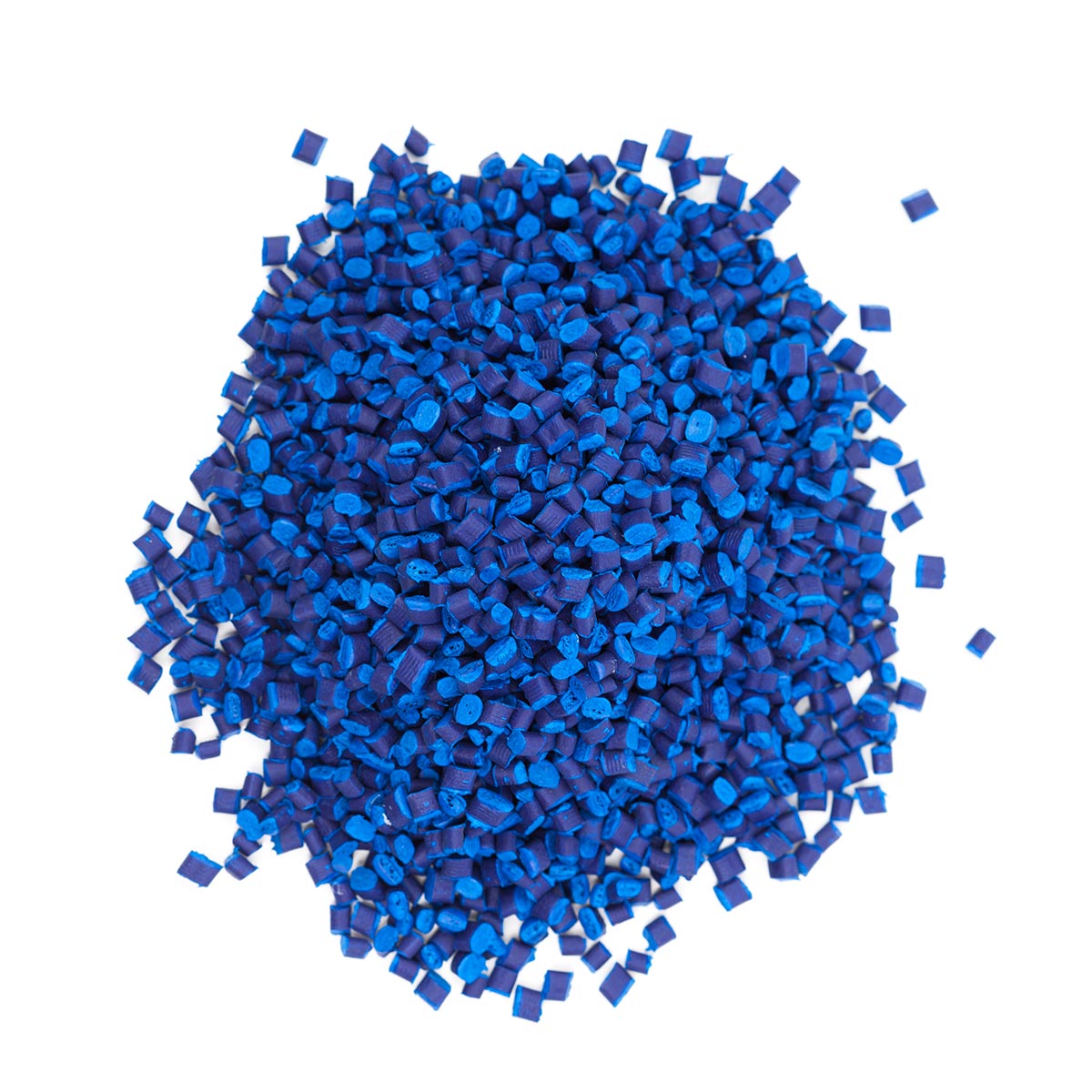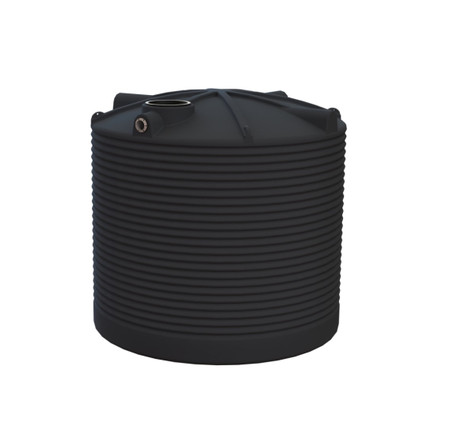Blog | WaterNeeds Water Tanks and Water Pumps Sydney NSW
The Ultimate Guide to Water Tanks in Sydney: Everything You Need to Know
Posted by on
But before you jump in, let’s explore why water tanks are so popular in Sydney, what types are available, and how to choose the right one for your needs.
Why Are Water Tanks So Important in Sydney?
Sydney’s climate can swing from soaking wet to bone dry within weeks. This puts strain on the city’s water supply and your wallet. Water tanks allow you to:
- Collect and store rainwater for garden irrigation, flushing toilets, washing cars, and even indoor use.
- Save money on water bills.
- Reduce your environmental footprint by using a sustainable, self-supplied water source.
- Increase your property value — buyers love eco-friendly homes.
Types of Water Tanks Available in Sydney
When it comes to water tanks in Sydney, you’re spoiled for choice. The most common options include:
1. Polyethylene (Poly) Water Tanks
- Lightweight and affordable.
- UV-resistant and durable.
- Perfect for small backyards and urban homes.
3. Concrete Water Tanks
- Underground or above ground.
- Excellent for long-term storage and durability.
- Often used for commercial or large-scale residential properties.
4. Slimline Water Tanks
- Space-saving design for narrow side yards and small spaces.
- Often made of polymer (plastic).
- Ideal for Sydney’s urban homes.
How to Choose the Right Water Tank for Your Sydney Property
When selecting a water tank, consider these key factors:
- Capacity: Match the size of your tank to your household or business needs. Some councils often offer rebates for large tanks connected to toilets and washing machines. Check with your Local Government Area.
- Space: Measure your space carefully to find a tank that fits your layout.
- Material: Choose based on durability, budget, and aesthetic preferences.
- Installation: Consider professional installation for safe plumbing and compliance with regulations.
Make sure your tank complies with local building codes and consider options like:
- Connecting the tank to your toilet or laundry.
- Using a first flush diverter to improve water quality.
- Installing a pump for household use.
 Trusted Suppliers of Water Tanks in Sydney
Trusted Suppliers of Water Tanks in Sydney
Sydney is home to several reputable water tank suppliers. Look for companies that offer:
- Australian-owned company.
- Warranty-backed products.
- Delivery services.
- Helpful advice
In Summary
Investing in water tanks in Sydney isn’t just about saving money — it’s about future-proofing your home, reducing water waste, and playing your part in conserving Australia’s most precious resource. Whether you’re interested in a sleek slimline tank for a city courtyard or a heavy-duty concrete tank for a larger property, WaterNeeds has the perfect solution for you.
Need help choosing a water tank?
Contact your local Sydney water tank specialist today and get expert advice on the best solution for your home or business.

How Poly Water Tanks Are Made: A Step-by-Step Guide
Polyethylene water tanks, commonly known as poly water tanks, are a staple in residential, agricultural, and industrial water storage. Their durability, lightweight design, and affordability make them a popular choice. But, have you ever wondered how these tanks are made? Let’s take a closer look at the process of manufacturing poly water tanks. 1. Raw Material Preparation The [...]

Is Rainwater Tank Water Dirty? Here's What You Need to Know
Collecting rainwater has long been a popular choice for drinking and use around the home. Whether you’re aiming to cut down on water bills, prepare for dry seasons, or simply reduce your environmental footprint, a rainwater tank is a fantastic asset. Rainwater¹ collected from a properly maintained system in Australia is generally safe to drink. [...]

Are Poly Water Tanks Safe for Drinking Water?
Polyethylene water tanks, commonly referred to as poly tanks, have become increasingly popular for water storage, especially in residential areas. With their affordability, durability, and versatility, they offer a practical solution for storing rainwater, irrigation water, and even drinking water. However, a common question arises: Are poly water tanks safe for drinking water?The answer is [...]

The Lifespan and Benefits of Poly Water Tanks: A Reliable Solution for Water Storage
Water is an essential resource, and having a reliable storage solution is crucial for households, farms, and businesses alike. Polyethylene (poly) water tanks have become increasingly popular due to their durability, versatility, and cost-effectiveness. Whether you're looking to store rainwater, drinking water, or water for agricultural purposes, poly water tanks offer a range of benefits that [...]

Make the Most of Higher than Average Winter rainfall: Install a Water Tank
The NSW Winter season, tipped by the Department of Primary Industries, will bring with it higher than average rainfall¹. There's no better time to consider the benefits of installing a water tank. Not only does this eco-friendly solution help you make the most of the natural resources at your disposal, but it also offers numerous [...]

Are Poly Water Tanks Still The Best Choice For A Durable Water Tank?
With myriad water tank solutions and material choices available today, polyethylene (poly) tanks have gained significant popularity due to their versatility, durability, and affordability. Whether it's for residential, agricultural, or industrial purposes, poly water tanks offer a range of benefits that make them a preferred choice for many households and business owners. However, like any [...]

Why Choose a Round Rainwater Tank?
In the quest for sustainable living, many homeowners are turning to rainwater harvesting as a means to conserve water resources. When it comes to selecting a rainwater tank, the choice between shapes often comes into play, where space isn’t restricted. While there are myriad options available, the round rainwater tank stands out as a popular and [...]

Saving Water Outdoors and Making the Most of Your Tank Water Supply
With a hot and dry Summer season forecast, today we're covering the best ways to save water around the outside of your home and make the most of your rain water tank capacity.Water conservation is not limited to the confines of our kitchens and bathrooms. It extends to the outdoor areas surrounding our homes as [...]

Tips for Conserving Water Inside and Outside Your Home
Indoor Water Saving StrategiesFix Leaking Taps A single leaky tap may squander up to 2,000 litres of water each month. The solution is often as simple as replacing a worn-out washer. Take Shorter Showers Showers can consume a staggering 9 litres of water per minute. Use a timer to limit your shower time to four minutes or less, [...]
Recent Posts
- The Ultimate Guide to Water Tanks in Sydney: Everything You Need to Know
- How Poly Water Tanks Are Made: A Step-by-Step Guide
- Is Rainwater Tank Water Dirty? Here's What You Need to Know
- Are Poly Water Tanks Safe for Drinking Water?
- The Lifespan and Benefits of Poly Water Tanks: A Reliable Solution for Water Storage
 Loading... Please wait...
Loading... Please wait...
